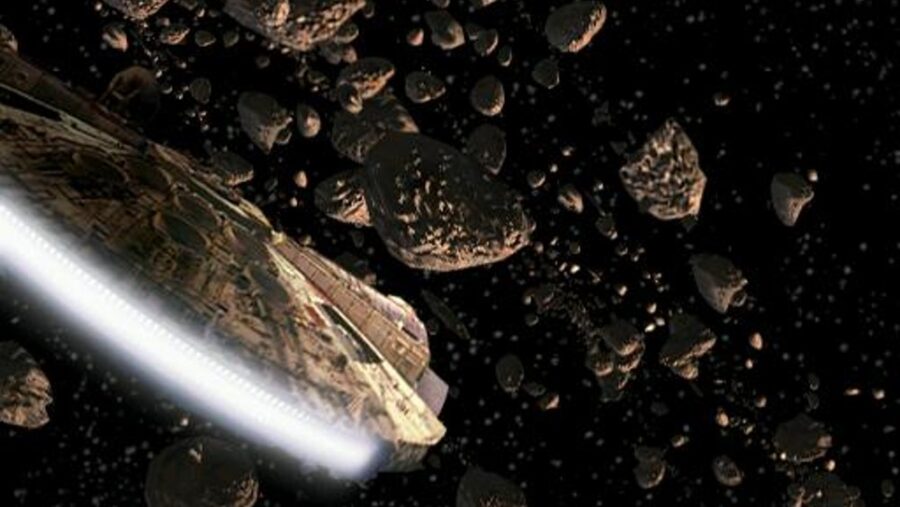Space Debris Destroys Spacecraft Designed To Remove Space Debris

Space debris has struck a spacecraft that was specifically engineered to tackle the growing issue of space junk. On August 10, the United States 18th Space Defense Squadron alerted ESA’s Space Debris Office about the discovery of fresh objects near a payload adapter. Known as VESPA, the adapter had been left in orbit after the launch of a Vega rocket from ESA’s spaceport in Kourou, French Guiana, in 2013.
According to the ESA, VESPA is characterized as a conical upper section of a payload adapter responsible for deploying satellites like Proba-V, VNREDSat-1, and ESTCube-1 into Earth’s orbit. The newly detected space debris is suspected to originate from the VESPA adapter, which presently orbits at an altitude of 660 km at perigee, 790 km at apogee, and an inclination of 98.72 degrees.
ClearSpace-1 Mission
This payload adapter has taken center stage as the target of the forthcoming ClearSpace-1 active space debris removal (ADR) mission. As the inaugural endeavor of its kind, the ClearSpace-1 mission aims to extract an existing defunct object from orbit using intricate, closely controlled capture operations. The ESA engaged the services of the Swiss start-up ClearSpace to execute the mission.
The primary objectives include showcasing the requisite technology for effective space debris removal and taking the initial strides toward establishing a robust and sustainable commercial space ecosystem. Preliminary assessments point towards a probable hypervelocity collision with a small, untracked object as the likely trigger for the event.

This impact led to the release of space debris fragments, albeit with relatively low energy. Fortunately, the enhanced risk of collision with other missions is projected to be minimal. Responding proactively, the US 18th Space Defense Squadron conducted further tracking exercises.
The chief concern posed by larger space debris objects lies in their propensity to disintegrate into swarms of smaller fragments, each capable of inflicting substantial harm on operational satellites.
Other independent observations were undertaken by the TIRA system from Germany’s Fraunhofer Institute for High-Frequency Physics and Radar Techniques and the European Optical Network members from Poland (under ESA contract). These joint efforts confirmed the structural integrity of the main VESPA object, indicating no notable changes to its orbital trajectory.
Despite the space debris setback, the development of the ClearSpace-1 mission is progressing according to the original plan. As additional data regarding the event is examined, the ESA and its industrial collaborators are meticulously evaluating the potential implications for the mission. A comprehensive analysis is expected to last for several weeks.
This unfortunate fragmentation event underscores the significance of the ClearSpace-1 mission. The chief concern posed by larger space debris objects lies in their propensity to disintegrate into swarms of smaller fragments, each capable of inflicting substantial harm on operational satellites. Counteracting this trend necessitates an immediate reduction in the generation of new space junk.
The newly detected space debris is suspected to originate from the VESPA adapter, responsible for deploying satellites.
Space debris mitigation involves designing satellites that generate less debris, controlled re-entry, and debris removal missions. International cooperation through organizations like the United Nations Office for Outer Space Affairs and the Inter-Agency Space Debris Coordination Committee aids in guideline formation.
However, cleaning up existing space debris is complex due to technical and legal challenges. With increasing space activities, addressing the growing volume of space junk is vital for long-term orbital sustainability, demanding responsible practices, innovation, and global collaboration.











